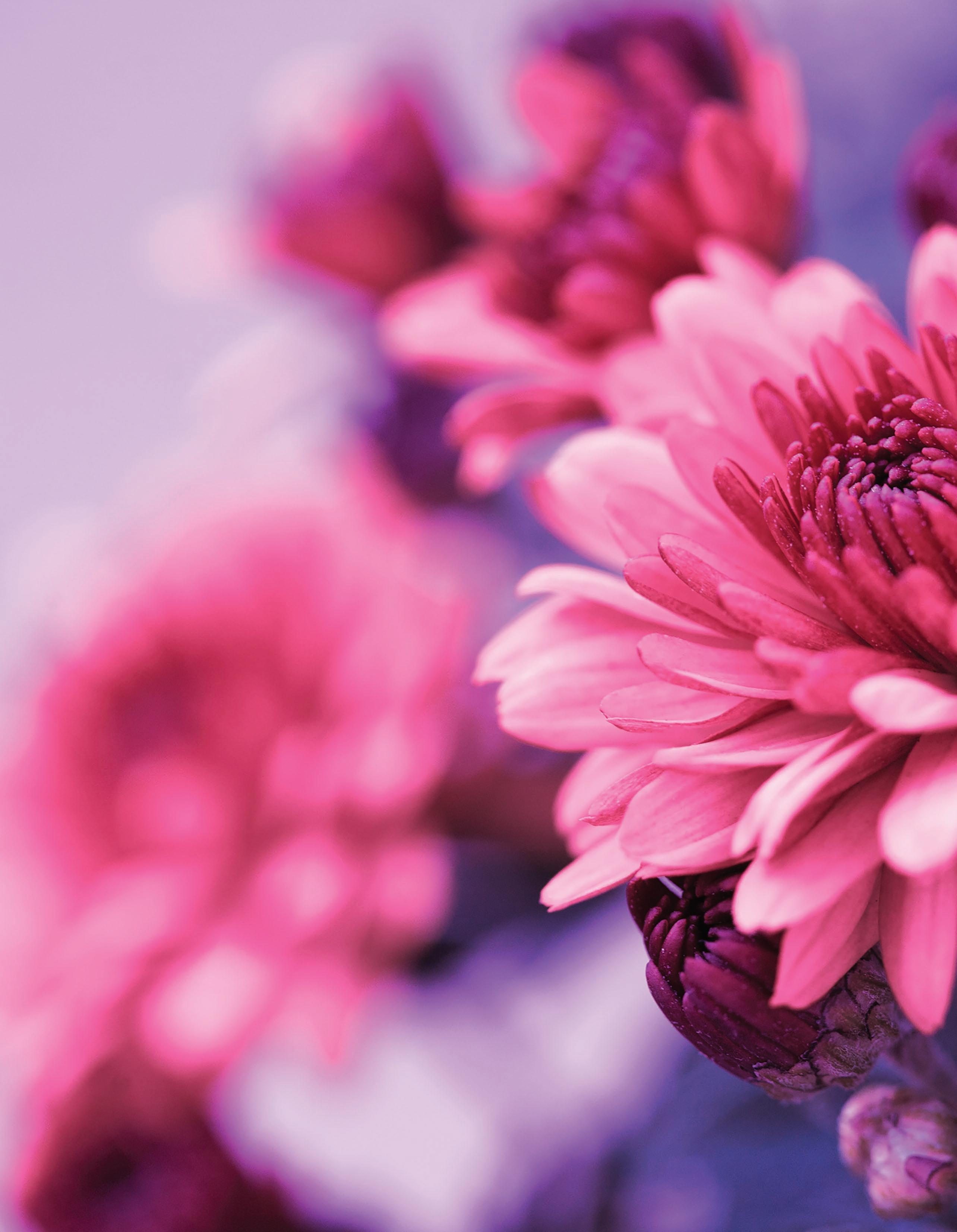
3 minute read
Gardening Tips
PLANTS FOR FREE
The correct time to divide and replant Bearded Irises is just after they have finished flowering, so June/July in France. Ideally you should divide them every three or four years as, by then, the rhizomes have become very congested. The process could not be easier: • Dig up the irises you wish to divide and carefully separate out the various rhizomes. This can be tricky as they snap easily but don’t worry about that. • Cut the rhizomes into pieces making sure that each section is plump and healthy, has roots beneath it and has a shoot or two of green leaves sprouting up from it. • Trim the leaves so that they are between 10 and 15 cm long. This reduces the risk of the plant rocking in the wind, which will disturb the roots as they try to establish themselves. • It is very important that the rhizomes of Bearded Irises are exposed to sunlight and that they are allowed to bake in the sun. If they cannot do this they will not flower well.
Advertisement
So, when you replant your irises choose a sunny, exposed place in the garden. • Scoop out a shallow hollow and, if your ground is really stony or unforgiving then add some compost to give the new plant a good start. • Nestle the iris rhizome into this prepared hollow and gently tuck soil/compost around and between the roots. You need to gently lift the rhizome out of the soil so that it appears to sit on the soil surface although, of course, the roots are holding it in place. • Then firm it in with a gentle push and, when you have finished planting a patch of rhizomes, give them a good drink of water. If you are not dividing your clump of irises then you should cut out the flower heads, remove dead leaves and trim the green shoots back once flowering has finished. Briefly, they do look like trimmed supermarket leeks but new, green leaves shoot up very rapidly to rejuvenate the appearance of the plant. Bearded Irises are amazingly easy to propagate and swap and share with friends. They are great at coping with French summers and fit marvellously into dry, sunny corners or gravel garden planting schemes, as well as more traditional mixed borders. They deserve a place in all French gardens.


Gardening in May and June Spring eases into summer
It’s the time to deadhead roses
As the temperatures climb, the list of garden tasks evolves accordingly. Sue Adams offers these useful tips.
At the beginning of May you can start to introduce your most tender potted plants and seedings into the garden. By the end of June you are likely to be watering them all frantically to prevent them from expiring from the heat and the drought. • Deadhead roses to promote continued flowering – unless, of course, you are growing them for their autumn display of hips. • Feed and water plants in pots on a regular basis.
Feed roses after their first flush of flowers, and water then mulch/feed other plants should they look stressed. Strong healthy plants have a much better chance of fighting pests and disease organically. • Prune flowering shrubs that have flowered in the
spring. Next year they will flower on this summer and autumn’s growth. • Deadhead herbaceous perennials and annuals to keep them flowering throughout the summer. • Remove opportunistic annual weeds regularly and before they have the chance to set seed. • Take softwood cuttings. • Cut off the leaves from spring flowering bulbs once they have become brown and add them to the compost heap. • Cut and cook with young herbs, many of which are at their best in the early summer. You can chop and freeze fresh herbs in cubes of ice which can be dropped into your cooking later in the year.










